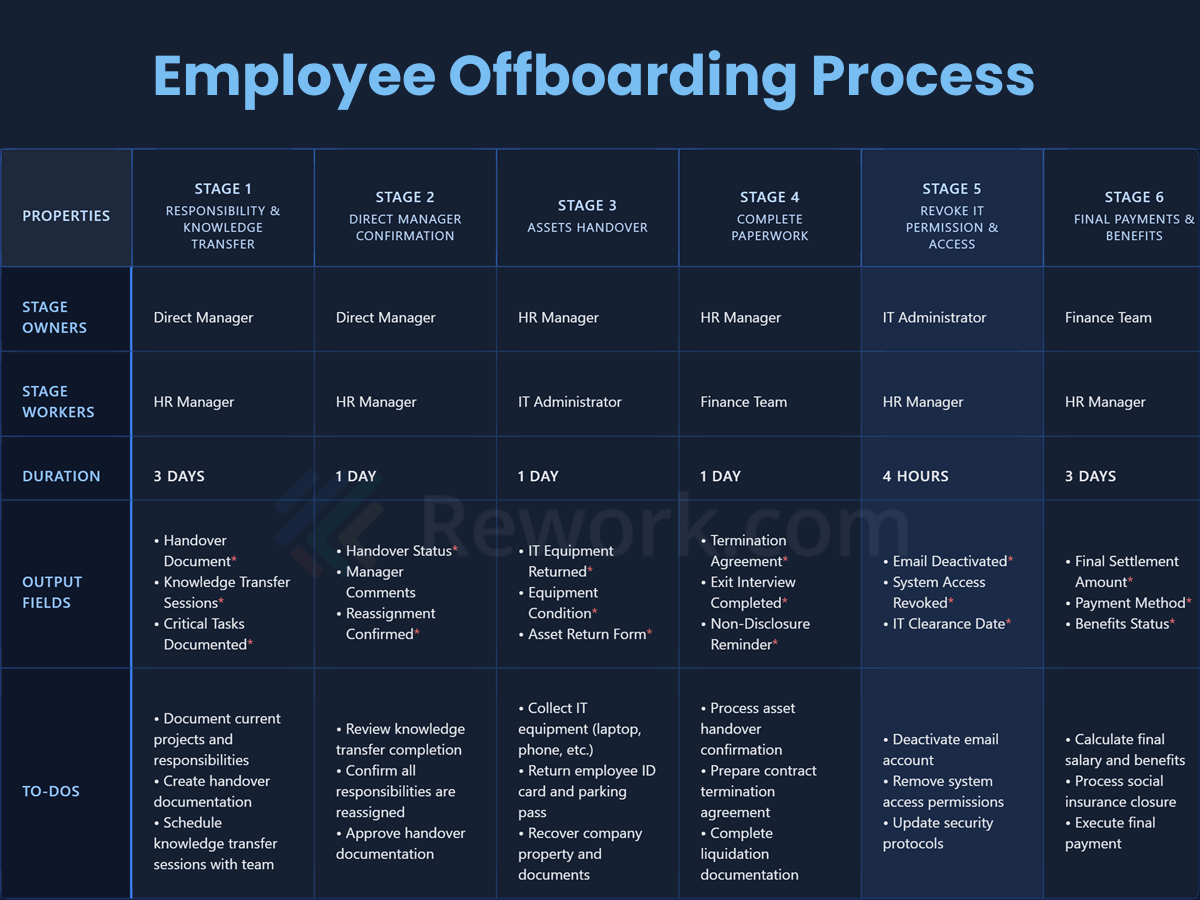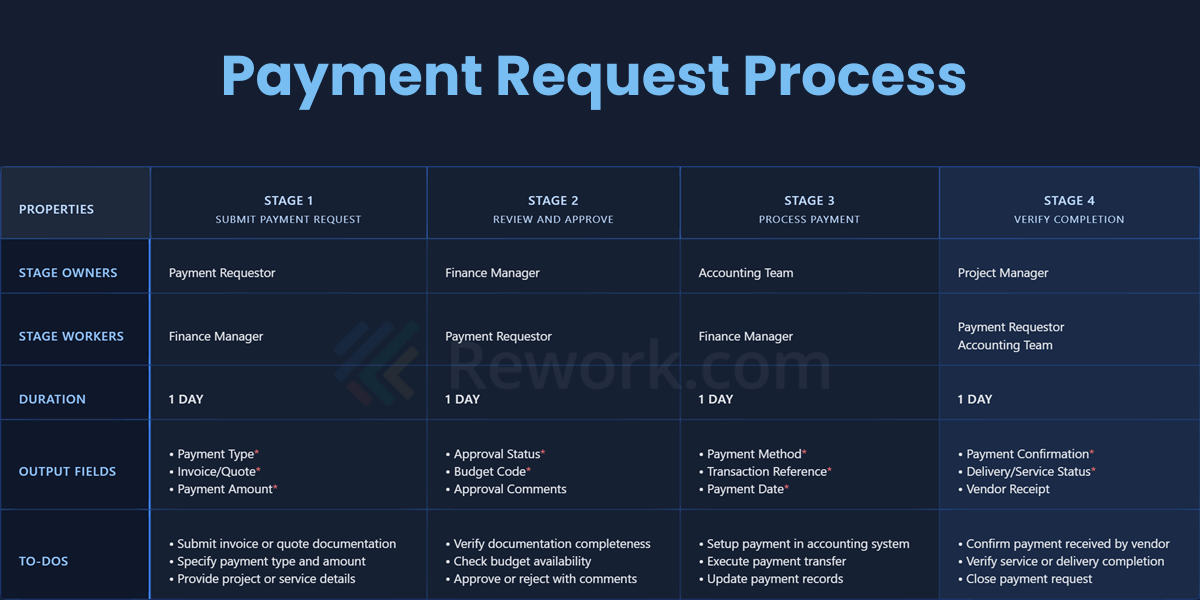Process Management
How to write an official Standard Operating Procedure (SOP)?
SOPs – You may have heard this abbreviation many times before, and it may be the first thing that comes to your mind when you think of “We need to standardize our processes”.
Yes, writing your processes down into SOPs is far more crucial than a bureaucratic checkbox. Standard Operating Procedures (SOPs) are step-by-step documents that describe how to perform routine processes in an organization. They serve as the official process documentation to ensure tasks are carried out correctly and consistently for quality results.
But are SOPs simply the diagrams or flowcharts that you sketch? There are many more to them than you may think.
Are there formal standards or frameworks for process documentation?
Yes – and no. There is no single global rulebook for how every SOP should look, but there are widely accepted frameworks and compliance-driven formats you can follow.
- ISO Standards: ISO 9001 (Quality Management) and ISO 27001 (Information Security) both require documented processes. ISO 10013:2021 even offers specific guidance on how to write process documentation.
- Regulatory guidelines: In industries like pharmaceuticals, food safety, or finance, regulatory bodies such as the FDA or EPA provide detailed expectations for SOP content, control, and change tracking.
- Industry best practices: Many organizations adopt internal templates based on these external standards. A common structure includes: Title, Purpose, Scope, Responsibilities, Procedure Steps, and Revision History.
The key is consistency. Just pick a standard, or if you don’t feel like any, stick to your own way of documentation and adapt it to your business, as long as it has all the key components and is applied uniformly across all SOPs.
Key components of a Standard Operating Procedure
A good SOP answers three questions clearly: What is done? Who does it? And how is it done?
Here’s what to include in a well-structured SOP:
| Section | Purpose |
|---|---|
| Title and ID | Give the SOP a clear name and code for easy tracking. Often include version info and effective dates. For example: Finance: Processing Vendor Invoices [SOP ID #FIN-003, Version 2.0, Effective Jan 2026] |
| Purpose | State what the SOP is intended to accomplish and why it exists. This purpose should be aligned with the business goal. |
| Scope | Define where and when this SOP applies -- what it covers and what it doesn't. |
| Roles and responsibilities | Specify who performs each task, who has approval authority, and who is accountable for outcomes for each stage of the process. Use job titles, not individual names. |
| Materials and tools (if needed) | List anything required to execute the task -- software, forms, equipment, etc. |
| Step-by-step procedure | Use numbered steps written in plain, action-oriented language. Keep it chronological and specific. Choose your format based on complexity: • Step-by-step for routine tasks • Hierarchical for multi-level processes • Flowcharts for decision-heavy procedures, or • Checklists for compliance-critical tasks. This is also where you include the diagram from the previous modelling stage. |
| Safety/compliance notes | Call out anything critical to safety, quality, or regulatory compliance. |
| References and appendices | Include related policies, diagrams, forms, or instructions if needed. |
| Revision history and approvals | Track changes over time and who signed off on each version. |
Some SOPs may also include a glossary if you use industry-specific terms or acronyms.
Best practices for writing SOPs
Writing a process is about clarity, not creativity. Here's how to make your SOPs clear, usable, and effective:
Use plain language – Write for the person doing the task, not for an auditor. Use action verbs. Avoid jargon unless defined.
Be direct and specific – Say "Email the invoice to the finance team" instead of "Ensure the document is properly communicated". Avoid ambiguous terms like "frequently" or "as needed"; instead, specify exact timeframes, quantities, or conditions.
Keep steps short and clear – Use numbered steps for sequential tasks and bullet points for non-sequential items. Keep each step focused on a single action.
Maintain visual-written consistency – Use identical terminology between process diagrams and SOPs. If your flowchart shows "Validate Payment Request," don't call it "Review Payment Form" in the written procedure. Update both visual models and written SOPs together when processes change.
Review and update regularly – Schedule reviews. Processes change, so your documentation should too.
Accessibility – Ensure the SOP is easily accessible to all users who need it, whether in print or digital format. Consider translation needs for multilingual workplaces. If best, leverage technology to integrate SOPs into your team's daily workflow.
Think of your SOPs as living guides, not one-time projects. A dusty SOP in a forgotten folder won't help anyone.
Standard operating procedures examples
Standard operating procedures for HR department: Employee offboarding process

This Employee Offboarding SOP template shows a clear six-step process to safely remove departing employees, recover company property, and follow legal requirements while keeping good relationships.
Download the full Employee Offboarding SOP template here.
Standard operating procedures for Finance department: Payment request process

This Payment Request workflow template ensures vendors receive accurate, timely payments while maintaining proper authorization, budget compliance, and complete transaction documentation throughout the process.
Download the full Payment Request SOP template here.
But in the end, why do you need to write SOPs?
You may ask: Why do we have to make a fuss and take time for this thing when we already have the idea of the process ready after the designing and modelling stage?
Short answer: Because if you don’t write it down, it doesn’t exist.
When someone new walks into your operation, or when something breaks, or when an audit knocks on your door, you don’t pull out a diagram. You reach for the document that tells people exactly what to do. That’s your SOP.
So yes, sometimes you do need to make a fuss – because if you don't, people will assume it's optional. And with SOPs, that assumption can be dangerous. The moment you skip documenting, you're trusting your business to chance.

Camellia
Content Strategist
On this page
- Are there formal standards or frameworks for process documentation?
- Key components of a Standard Operating Procedure
- Best practices for writing SOPs
- Standard operating procedures examples
- Standard operating procedures for HR department: Employee offboarding process
- Standard operating procedures for Finance department: Payment request process
- But in the end, why do you need to write SOPs?